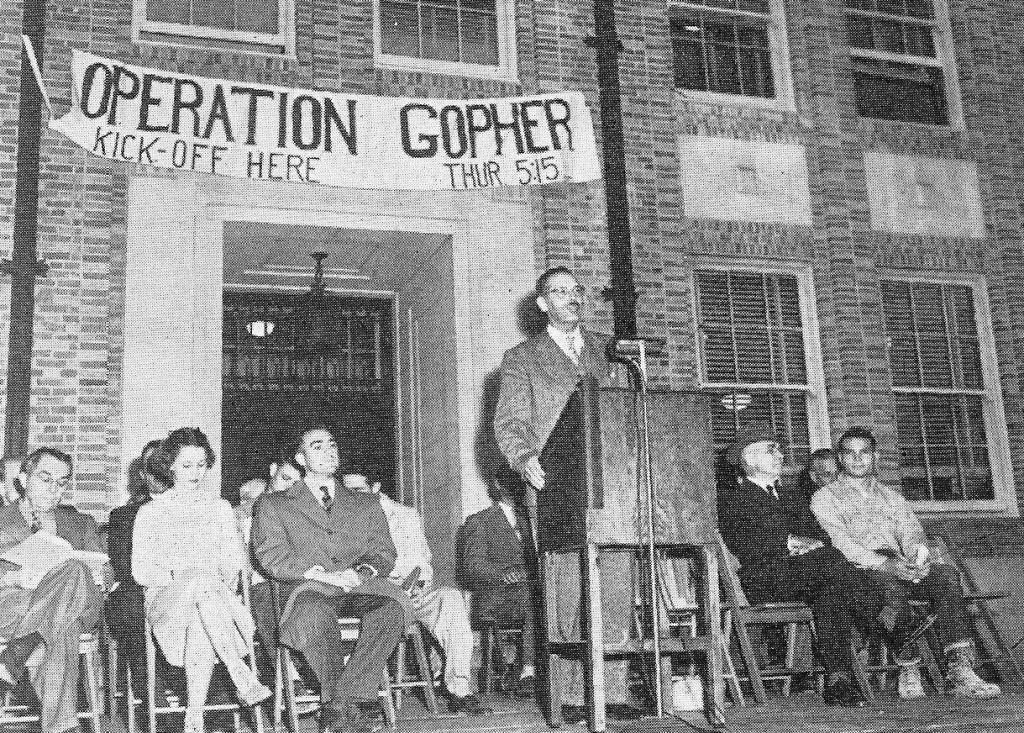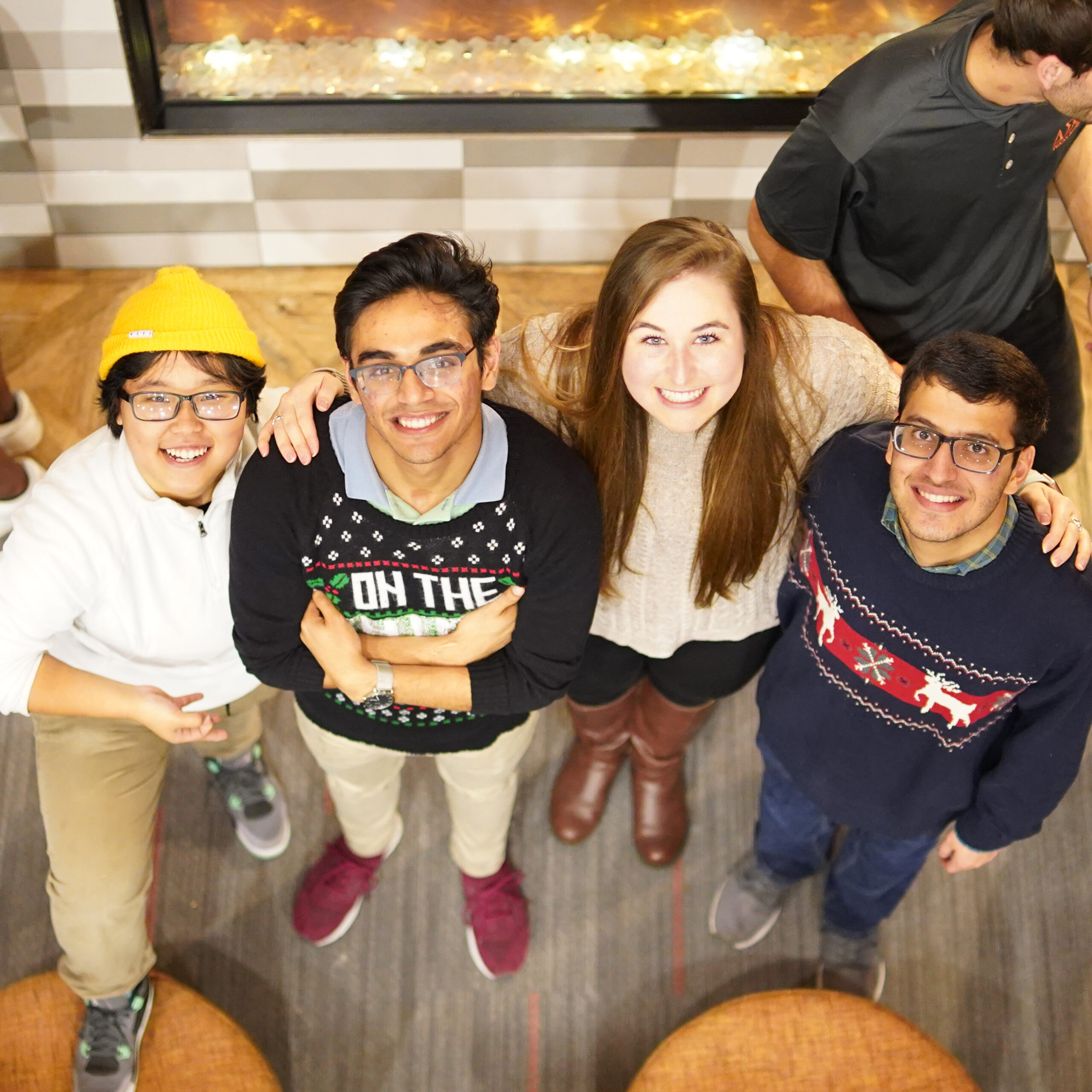We’re a group of passionate students dedicated to making the engineering experience at The University of Texas at Austin the best it can be. How do we do that? To put it simply, we host impactful events and advocate for our fellow students.

Our mission is to serve the Cockrell School of Engineering and beyond, enrich the academic experience of engineering students, and cultivate an engineering community.
Organizational Structure
Much of the work we do is driven by our Members At Large (MAL). Each MAL serves on one of our six committees: Academic Affairs, Engineering Activities, Marketing & Analytics, Publicity, Service, and the Society of First-Year Engineers. Each of these committees is led by two Directors. Overall, the organization is led by six Officers: the President, the Vice President of Executive Affairs, the Vice President of Relations, the Vice President of Finance, the Vice President of Membership, and the Vice President of Operations. Each Officer is supported by their Chairs: the Administrative Chair, the Student Advocacy Chair, the Alumni & External Socials Chair, the Corporate Chair, the Internal Socials Chair, the External Committees Chair, and the Merchandise Chair.
We also have Member Societies in SEC that represent other engineering organizations. Each Member Society has a Cockrell Relations Chair that serves as a bridge between the two organizations.
To learn more about our formal organizational structure, rules, and processes, check out our most updated Constitution.
Our History
Our purpose is to bring engineering students in contact with other students.”
Charlie Anderson
In the 1950s, students at The University of Texas at Austin received a new engineering building, later named Taylor Hall for Thomas Taylor, the college’s founder and first dean. While the building was modern, there was no study lounge for students or, more importantly, a place to eat. The nearest dining facilities were at the Texas Union on the other side of campus. The trek was a lengthy and inconvenient one, so students often opted to bring food from home.
As the fall 1952 semester began, five engineering students – Charlie Anderson, Dick Bailey, Tommy Fairey, Jerry Garrett, and Charlie Mills – approached Professors Leonardt Kreisle and Carl Eckhardt with two proposals:
- The first was to establish a governing body for the engineers, one that would both represent the interests of students and bring the professional and honor societies under a single umbrella. The result was the founding of the Student Engineering Council (SEC), separately incorporated by the State of Texas. Charlie Anderson was selected as its first chair, and Kreisle and Eckhardt volunteered as faculty advisors.
- The second was to create a study lounge and snack bar, which the SEC chose as its initial project.
The study lounge was not so easy, however. There simply wasn’t a means to shift or combine offices and classrooms to provide enough space, and there certainly weren’t funds for a separate facility. The SEC then offered a novel solution: why not create a basement underneath Taylor Hall?
University funding was not available and the estimated cost for the project was $48,000. Anderson suggested that the students provide the labor to excavate the basement, which would save $20,000, and that engineering alumni be asked to donate the construction cost.
Plans were drawn. Dubbed “Taylor’s T Room” in honor of the first dean, the basement would be 174 feet long by 43 feet wide, and dug to a depth of eight feet. It would include meeting spaces for student groups, a lounge and recreation area, and a small cafeteria managed by the University’s Housing and Food Service. The T Room would be available to the entire University community.
G-Day, or Groundbreaking Day, or, to some, “Gopher Day,” was slated for Thursday evening, December 11, 1952. Over 3,000 students and faculty dug from 7-10 PM over the course of years, removing almost 60,000 cubic feet of soil, rocks, and solid Austin chalk.

On Monday evening, May 13, 1957, nearly five years after its inception, Taylor’s T Room was formally dedicated.
